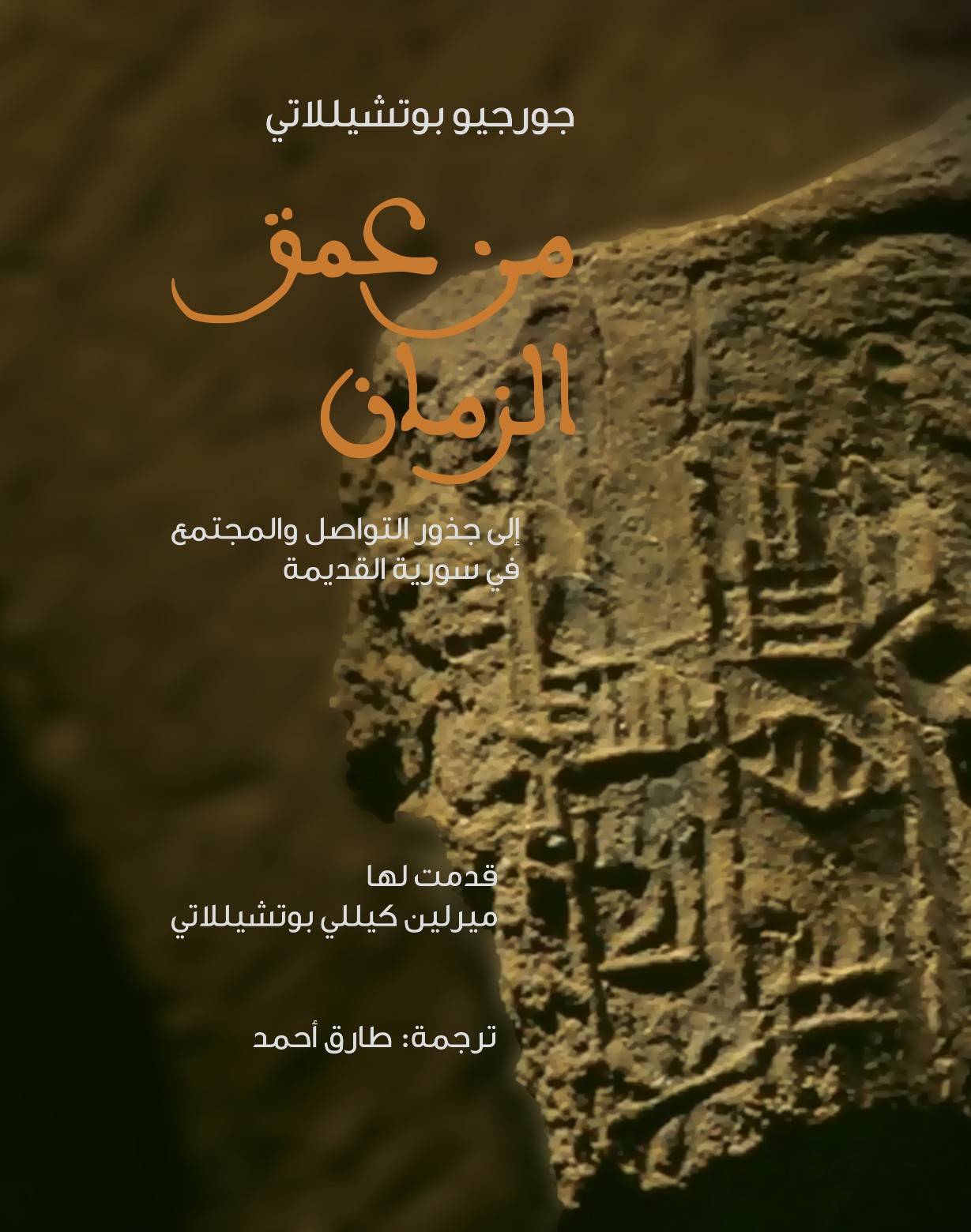[S. Ermidoro]
This book is the result of an exhibit organized at Rimini on the occasion of the “XXXV Meeting per l’amicizia tra i popoli”.
After a foreword (by Marilyn Kelly-Buccellati) and an introduction of the author, the book is divided into 4 chapters, dealing with many topics about Urkesh and another site in Georgia, namely Dmanisi.
Chapter 1 describes a different approach to the knowledge of Urkesh, discussing the topic of ‘the seeing’ of an ancient archaeological site. A reflection about the span time between us and the human beings who inhabited Urkesh is presented, stressing how it is still possible to bridge a modern culture with an ancient society, introducing some aspects of anthropological studies. A summary about the last 30 years of work at Tell Mozan is sketched, underlining the importance of all the people (both specialists and local people) involved in the project.
Chapter 2 focuses on the recent excavations at Dmanisi, Georgia, undertaken under the direction of David Lordkipanidze with the assistance of Giorgio Buccellati and Marilyn Kelly-Bucellati. The human finds can tell us a story of people who lived some millennia BP, presenting some important and profound interrogatives about humanity in general and also about the development of the fist hominids, at the dawn of the first human communities elaborating craft skills, special competence and aspects related to sociality and mutual assistance.
Chapter 3 deals with some aspects on these first community of hominids (around 30000 BP) who started elaborating some abstract concepts (in a mere logical thought) related to time-calculation (the ability of observe and record on artefacts the moon phases), the growing of an extra-somatic perspective, the elaboration of the language as a base for the following elaboration of writing systems.
Chapter 4 bridges the first step in the human development (or evolution), moving from the aforementioned period (around 30000 BP) to the historical period (ca. 4000 BC), when the writing started to be invented and the communities of hominids started in shaping as cities and much more complexes communities, giving the birth to the concept of ‘culture’: the so-called “civilization”. The new social development and functional system are explained thanks to the example of Urkesh. The rest of the chapter presents many aspects about Urkesh, considered as a useful study-case for the aforementioned process: geographical and chronological information is provided, and the main structures and artefacts unearthed on the site are presented, also explaining the daily life of the Hurrian people living at Urkesh, stressing (though the analysis of seas, sealing and other objects, mainly from the Royal Palace of Tupkish) the role of the royal couple in the life of the town. The last part of the chapter particularly focuses on the so-call ‘necromantic pit’, known as ābi in the Hurrian language.
Chapter 5 concerns some more anthropological interrogatives: how can we (modern archaeologist and common people) approach and understand such an ancient civilization? How can we reach a certainty in our modern interpretations of so ancient phaenomena? The only solution lies on the concept of ‘empathy’: the (inner, spiritual) differences between ancient cultures and us is not so enormous, if we consider that, in the end, everybody (male or female) is a human being, with similar necessities and wit common questions about life (and afterlife, too). In this way-of-thinking, not only it is possible to better interpret some ancient phaenomena, but also we can retrace something like a ‘secret kinship’ between antiquity and modernity.
Chapter 6 offers a glimpse on future perspectives and objectives of the archaeologists: preserve the monuments and the artefacts (because of the well-known war situation in Syria), creating an archaeological eco-park; safeguard (i.e., to understand at the best) the past as an opportunity for the future, presenting the site to visitors, involving also the local community in these efforts, making also ‘virtually accessible’ the site though the internet, on the official website of the mission (visit Webpage).
[M. De Pietri]
